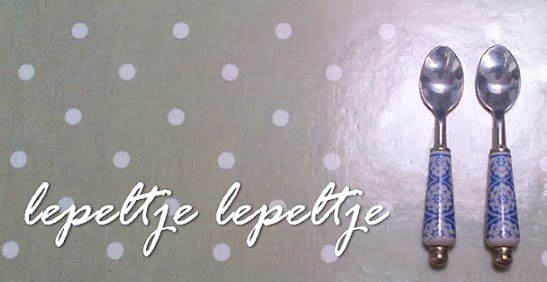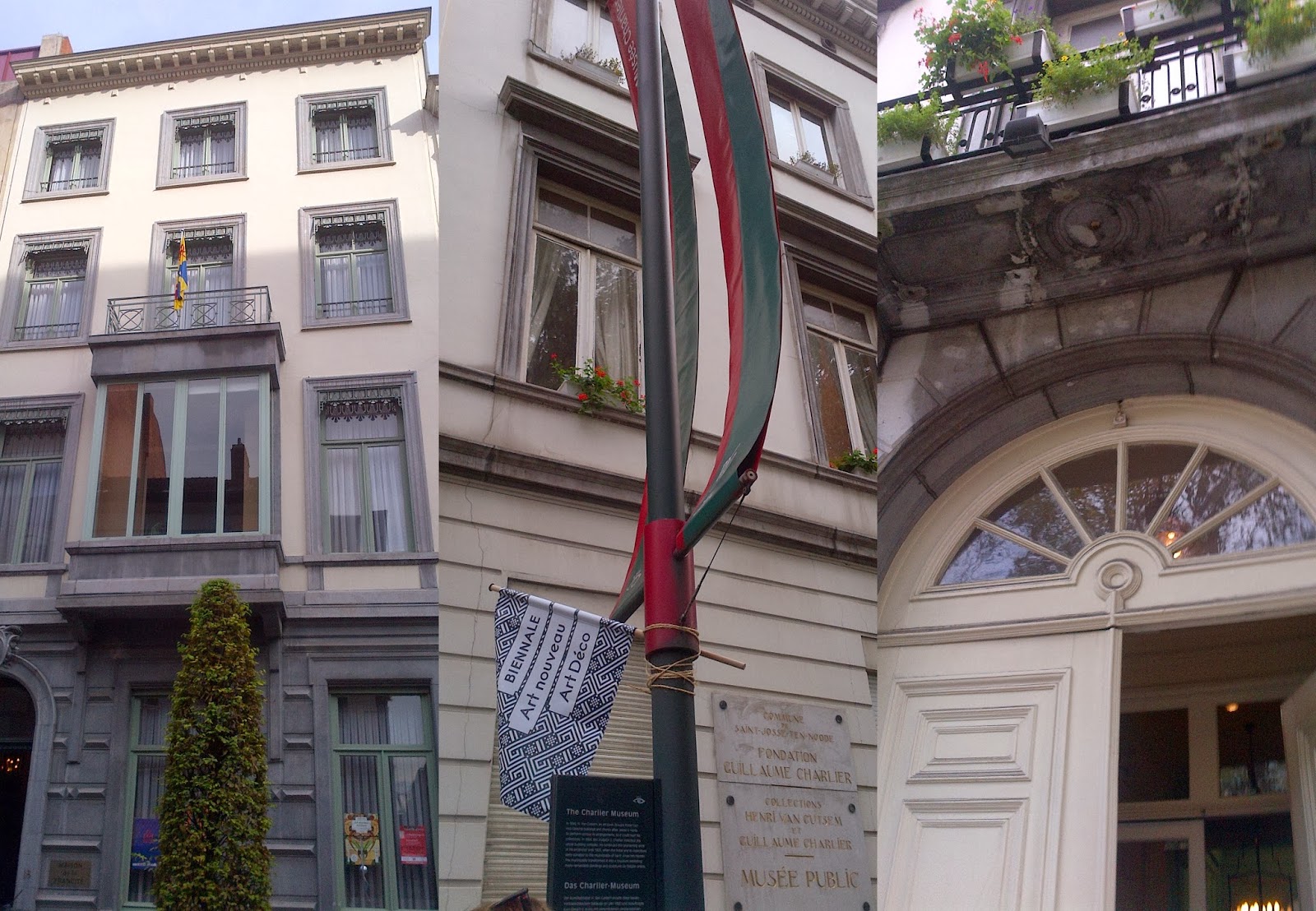We came back from New Zealand on a late Eurostar, arriving
at Midi in the dark, laden with baggage. It was cold. It was early December.
We’d been eating asparagus and drinking chilled white wine in the sun only a
couple of days before. But, jetlagged as we were, there was something which
perked me up on the taxi ride home: the Christmas lights. Brussels, I salute
you, you Continental types do know how to decorate. Each area seems to have its
own designs. All white, all quite understated, but all the central area, the
major streets, and quite a few others, had lights up. It made the fact that it
got dark at 4pm a little easier.
Two visitors – my friend A and my mum – also made the
pre-Christmas-weeks fun, as we shopped for Christmas presents together and did
the touristy things which the Dutchman and I don’t do on our own. Last year,
before I was living here, I had a brilliant weekend trip with H, drinking hot chocolate
and laughing at the Christmas market (one of my abiding memories is the looks
we got for opening a bottle of Prosecco on the Eurostar on the way over…!). The
Brussels Christmas market was a little disappointing. There was not much that
one would actually want to buy. I think we were all expecting the kind of
German market that gets shipped over to Oxford and most other English cities,
with pretty little wooden huts and nice artisanal products. Eh, not so much. A
shame. I enjoyed walking through the streets and just looking, A drinking
mulled wine and I warm spiced calvados to stave off the cold. Next year I think
I would like to go to Frankfurt or Cologne.
The other Christmassy thing which I loved here was the
crèches in the Cathedral. All created by different ethnic groups or
associations, dotted around the Cathedral by various chapels. There were some
really beautiful, well-made ones, some amateur some crafted by artists, and
most kept their identity as a focus – the Nativity in China, in Africa, in
Haiti…
To inject a bit of Englishness into the proceedings, I made many
mince pies, with the mincemeat my mother and I made back in October. We gave
some to our landlady, took some to the Dutchman’s parents for Christmas Day, I
will make more as our contribution to the annual Rotterdam Christmas meal with
the Dutchman and his friends, and of course I ate a fair few. We still have the
boozy, fruit-packed, darkly crumbly Christmas cake too, again made back in
October and fed by my mum right up until the week before, but it doesn’t
photograph well, especially sans
marzipan and icing, at the Dutchman’s request.
We were in the UK before Christmas, briefly, for my PhD
graduation (on my birthday!) and to see family. We woke up together on
Christmas morning, had our stockings (delivered by Father Christmas, even
though one of us had already had a visit from Sinterklaas in early December),
went to church, had a delicious lunch of spiced apple and parsnip soup, and
then travelled to Maastricht. The Dutchman’s father made a simply outstanding
meal (five courses, very nouvelle cuisine, all well-executed) and we exchanged
presents. On Boxing Day (the reason behind the name of which I have explained
to many, many people) we had coffee with the Dutchman’s very sprightly
94-year-old grandmother and then came back to Brussels. I can’t deny that I
missed my parents and our family traditions, but I was happy to have had
Christmas together.































+and+Amsterdam+(Rijksmusuem)+2013.jpg)










